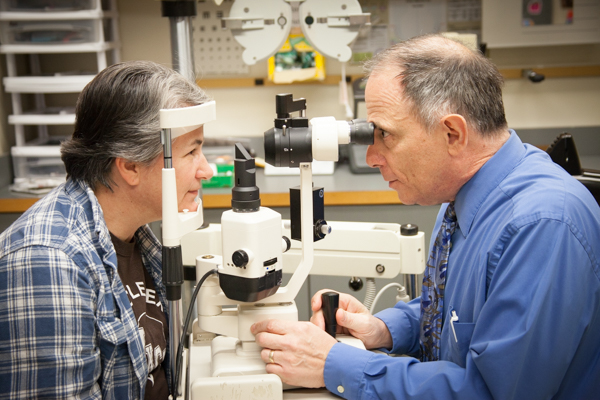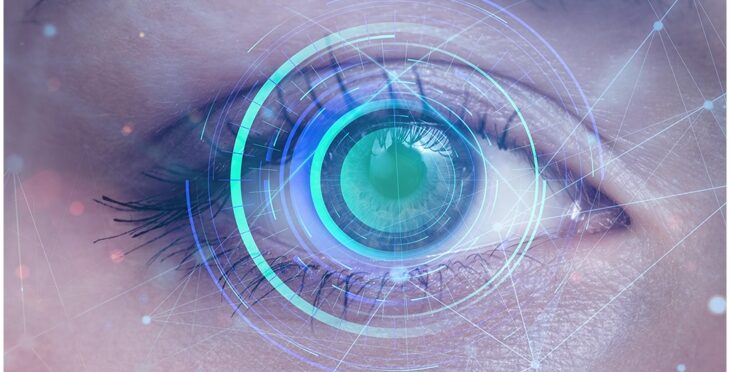Specialized Retina Service Near Me: Top-Notch Eye Care Professionals
Specialized Retina Service Near Me: Top-Notch Eye Care Professionals
Blog Article
The Role of Advanced Diagnostic Devices in Identifying Eye Disorders
In the world of ophthalmology, the utilization of advanced diagnostic devices has reinvented the early recognition and management of different eye conditions. From finding subtle changes in the optic nerve to monitoring the progression of retinal conditions, these innovations play a crucial duty in boosting the precision and efficiency of diagnosing ocular conditions. As the need for specific and prompt diagnoses proceeds to grow, the combination of advanced devices like optical coherence tomography and visual area testing has become vital in the realm of eye treatment. The intricate interplay in between technology and ophthalmic practices not just clarifies detailed pathologies but likewise opens doors to customized treatment strategies.
Significance of Very Early Diagnosis
Very early diagnosis plays a crucial role in the effective administration and therapy of eye disorders. By finding eye problems at a very early stage, health care service providers can offer proper therapy strategies customized to the details problem, ultimately leading to better end results for patients.

Innovation for Detecting Glaucoma
Sophisticated analysis modern technologies play an important role in the early detection and monitoring of glaucoma, a leading source of irreversible loss of sight worldwide. One such technology is optical comprehensibility tomography (OCT), which offers comprehensive cross-sectional images of the retina, permitting the dimension of retinal nerve fiber layer thickness. This measurement is essential in analyzing damage brought on by glaucoma. One more sophisticated device is visual field testing, which maps the sensitivity of a client's visual field, aiding to identify any areas of vision loss feature of glaucoma. In addition, tonometry is made use of to gauge intraocular stress, a major threat factor for glaucoma. This test is critical as elevated intraocular pressure can result in optic nerve damage. Newer innovations like the usage of artificial knowledge formulas in examining imaging information are showing promising results in the early discovery of glaucoma. These innovative analysis devices enable eye doctors to diagnose glaucoma in its beginning, permitting prompt treatment and far better monitoring of the condition look at here now to stop vision loss.
Role of Optical Comprehensibility Tomography

OCT's ability to measure retinal nerve fiber layer thickness enables precise and unbiased dimensions, aiding in the very early detection of glaucoma even prior to aesthetic field flaws come to be noticeable. OCT innovation permits longitudinal tracking of structural adjustments over time, promoting tailored treatment strategies and timely treatments to aid maintain clients' vision. The non-invasive nature of OCT imaging likewise makes it a preferred choice for checking glaucoma progression, as it can be duplicated regularly without causing pain to the person. Overall, OCT plays a crucial function in boosting the analysis accuracy and administration of glaucoma, ultimately adding to better end results for people at risk of vision loss.
Enhancing Diagnosis With Visual Area Testing
An essential part in comprehensive ophthalmic analyses, aesthetic area screening plays a pivotal duty in enhancing the diagnostic process for numerous eye conditions. By assessing the full extent of a patient's visual area, this test gives vital info regarding the practical integrity of the entire visual path, from the retina to the visual cortex.
Visual area screening is particularly useful in the diagnosis and administration of conditions such as glaucoma, optic nerve problems, and numerous neurological diseases that can impact vision. Through quantitative dimensions of outer and main vision, medical professionals can find subtle modifications that may suggest the visibility that site or development of these disorders, even before noticeable signs and symptoms occur.
Furthermore, aesthetic field screening enables the monitoring of treatment efficacy, helping eye doctors customize healing treatments to private clients. eyecare near me. By tracking adjustments in visual area performance with time, medical care carriers can make enlightened choices about changing medications, recommending medical treatments, or executing other ideal measures to preserve or improve a patient's visual feature
Managing Macular Degeneration

Verdict
In final thought, progressed analysis tools play a crucial function in recognizing eye conditions early on. Technologies such as Optical Comprehensibility Tomography and aesthetic area testing have actually greatly boosted the precision and effectiveness of identifying problems like glaucoma and macular degeneration.
Report this page